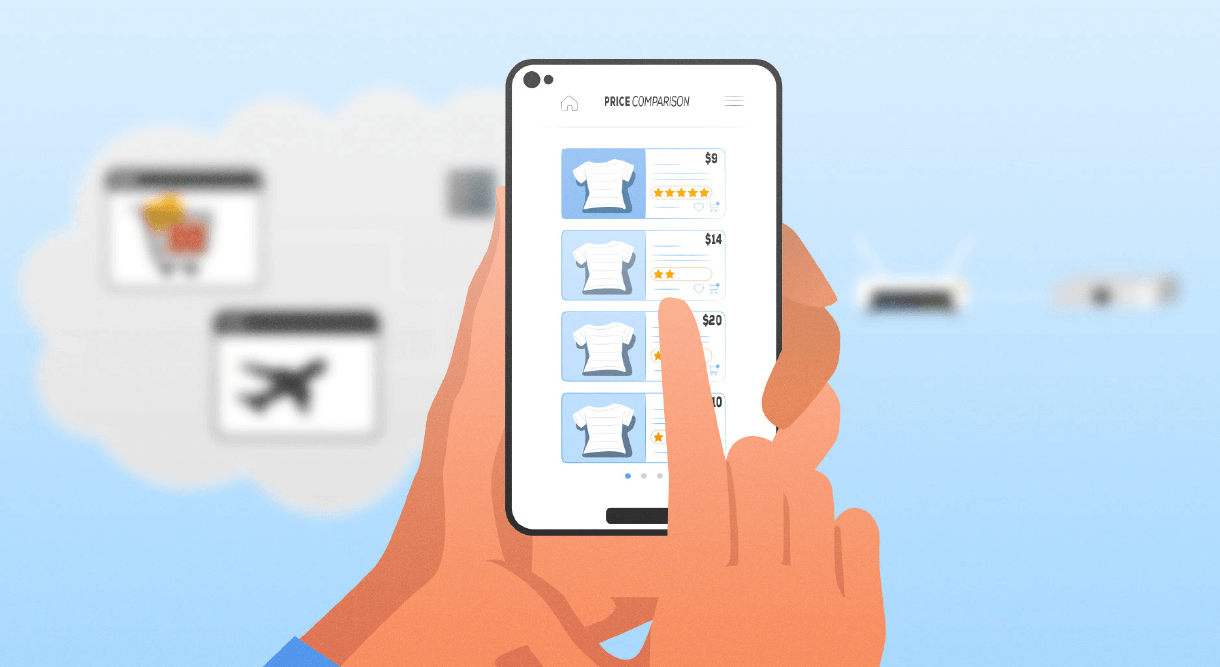At any cost? Online Pricing: 101
How does PiggyBox help reduce prices for products online?
Why do online retailers and service providers offer different prices to different consumers?
What is a demand pricing strategy? Online marketing pricing strategy explained…

Many online retailers use a demand pricing strategy applied by variable prices instead of fixed prices.
Let’s start by explaining what demand pricing strategy is. Basically it’s charging different prices for a product or service, depending on who is buying it or when it sells.
Some industries reflect dynamic pricing more than others, you will often find it in travel, entertainment and retail marketplaces but can also be affected due to certain events.
It’s a natural reaction to changes in market forces such as competition and supply & demand. A good example for this happened throughout the COVID outbreak where everyday goods such as toilet paper prices changed dramatically.
So, what is the main criteria for the pricing strategy?
There are numerous variables in dynamic pricing strategy, here are a few examples:
Competition – one of the major price factors, online or brick and mortar, is competition. Businesses extend their resources in order to be the first, greatest and most-importantly, offer the best price there is to offer.
Supply & Demand – as businesses scan their competitors’ sites for pricing, they also search their product range and stock. If a certain item is low in stock yet the demand is high, prices are most likely to reflect that and rise.
Seasons and holidays – holiday supplies will be dramatically more expensive prior to the holiday (and show a dramatic price-cut starting the day after). The weather will affect item pricing of weather-related goods as the demand is higher.
“… (a) study reveals that sunny and snowy conditions trigger consumers to mentally visualize using products associated with the respective weather, which leads to consumers placing a higher value on them.”
– University of British Columbia, Science Daily
Your geolocation – where you are located can mean a lot about you. Your zip code can simply indicate your income level and willingness to spend on premium products.
Browsing history – How many times have you paid a return-visit to a travel site only to realize the price you were looking for is no longer available? Most travel sites rely on this strategy to show scarcity of a certain product’s price offer in order to pressure the buyer to complete the purchase.
Dynamic pricing tactics have been used by businesses to attract consumer attention since the dawn of the retail industry.
So, what can you do
We recommend you always compare prices on the web before you make a purchase, especially if the item is expensive. How? You can use many sites that compare online prices from multiple retailers.
How does PiggyBox fit into all of this?
One of the main technologies used by price comparison sites is collection of public web data (like prices, reviews etc) . Bright Data help such sites to collect this public web data via a network of users. And guess who helps power the network? The PiggyBox!
Want to help everyone enjoy lower prices online, (while making money from your spare bandwidth, of course…)?
Apply Here!>>> (Due to an overwhelming demand, PiggyBox is temporarily out of stock)



